
Become a member
Join today and help protect nature, beauty and history – for everyone, for ever. Enjoy access to more than 500 places with National Trust membership.
An agricultural estate, rich in wildlife and history.
Dinas, Betws y Coed, Conwy, LL24 0HF

| Asset | Opening time |
|---|---|
| Countryside | Dawn - Dusk |
Public parking in the village.
Dogs allowed on lead. Please be mindful of livestock.
Public toilets in the village, east side of the bridge on right.
Paths through open moorland and rough farmland, uneven, boggy and steep in places, may include narrow gates and stiles.
Most of the paths go through open moorland and rough farmland. Some are uneven, narrow and steep in places and can get wet and boggy.
Follow in the footsteps of legends around Eryri (Snowdonia) with your dog. Whether you want a gentle stroll or a mountainous walk, here's a selection of destinations to tire out all four legs (and yours).

8,000 hectares of high, wild open moorland, including the Migneint blanket bog, dramatic river valleys and 51 hill farms.
Follow the Ysbyty Ifan and Cwm Eidda walk trail in the Carneddau mountains and enjoy the views of Dyffryn Conwy in Conwy, Wales.

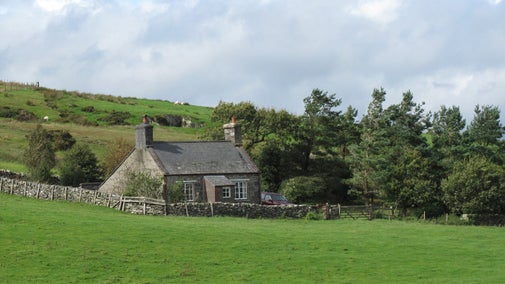
Disconnect from urban life in this remote cottage with views for miles.

On a working farm, this renovated cottage is the perfect countryside spot for exploring Eryri (Snowdonia).
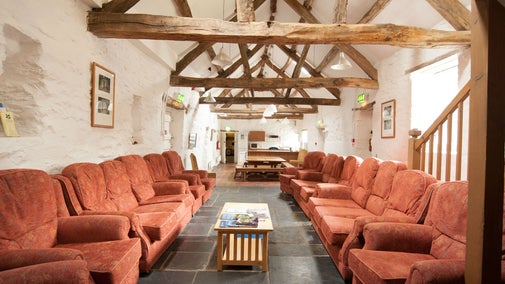
This restored farm building is perfectly placed for a group stay in Eryri (Snowdonia), with plenty of room to gather at the end of the day.
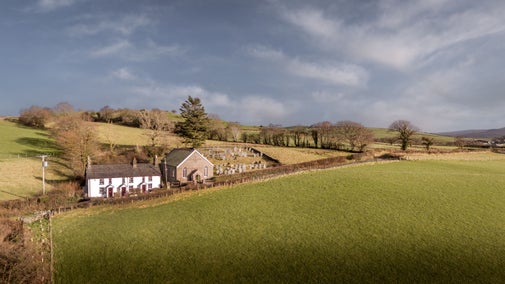
On the Ysbyty Estate, this traditional Welsh terraced cottage has mountain views.

On the Ysbyty Estate, this traditional Welsh terraced cottage has mountain views.
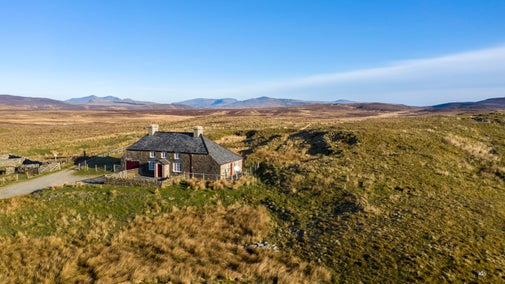
A remote spot within one of the best stargazing sites in Eryri (Snowdonia), Ty Cipar cottage is a true escape from urban life.
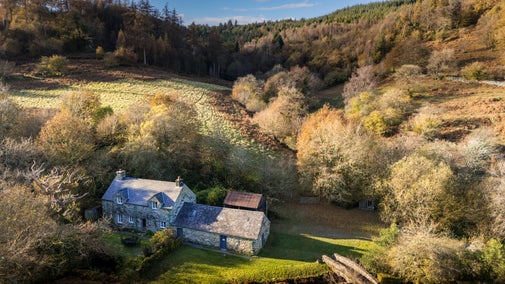
This cosy stone-built farmhouse in the heart of the Eryri (Snowdonia) National Park is the perfect spot for a peaceful retreat.
Sorry, there are no upcoming events at this place
The vast Ysbyty Estate lies just south of the picturesque village of Betws y Coed and is the largest single estate cared for by the National Trust. The estate covers over 8,000 hectares of high, wild open moorland, dramatic river valleys and 51 hill farms. It has very diverse landscape and habitats. The Migneint which is the large stretch of moorland and blanket bog on the south of the estate is all designated as a Site of Special Scientific Interest (SSSI) on account of its plant communities and its bird life. The estate covers the main parts of three river valleys: the upper Conwy, the Eidda and parts of the Machno. The Eidda valley or as it’s known locally Cwm Eidda is hidden away between the upper Conwy and the Machno and is very picturesque. It is only accessible by single track road or, best of all, by a network of public footpaths.
Discover how Ysbyty Ifan got its name and its rich history of knights and pilgrims and how it’s now the largest single estate the National Trust care for.

A new and exciting project is underway that will open-up previously inaccessible woodlands for people to enjoy on the Ysbyty estate in Eryri (Snowdonia) whilst also improving biodiversity.
Blaen Eidda Isaf is a 54-hectare upland farm on the Ysbyty Ifan Estate. By changing to more sustainable farming techniques, the tenant farmers have been able to encourage wildlife and grazing animals to coexist.

River management, tree planting and meadow making at Carrog Farm on the Ysbyty Ifan estate has led to flourishing wildlife populations and a more flood-resistant landscape.
The farming community at Ysbyty Ifan are working together to explore new, sustainable ways of farming that benefit people, landscape, wildlife habitats and biodiversity.
The National Trust and Admiral have joined forces in a new strategic partnership that brings together nature conservation and community protection.
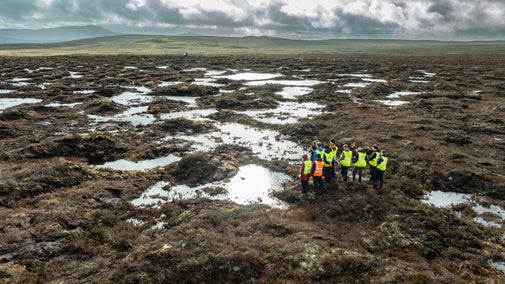
Tu Hwnt i’r Bont, a Grade-II listed tearoom in Llanrwst, Conwy, is set to undergo a major trim in January to remove the Virginia creeper where it covers the roof.
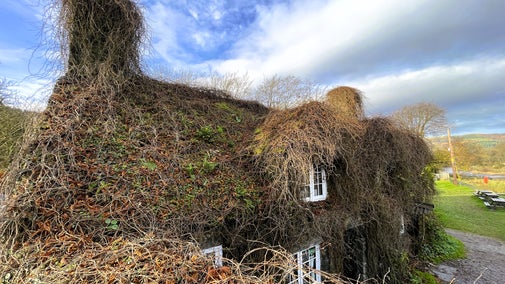
For safety reasons National Trust Cymru have removed the fisherman’s ladders at Rhiw Goch near Dolwyddelan, Conwy.
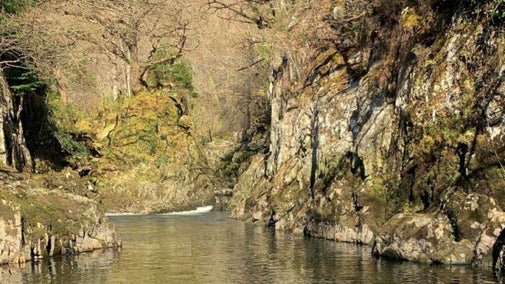

Join today and help protect nature, beauty and history – for everyone, for ever. Enjoy access to more than 500 places with National Trust membership.
By sharing your email address you’re agreeing to receive marketing emails from the National Trust and confirm you’re 18 years old or over. Please see our for more information on how we look after your personal data.